

- RFQ
- BOM
-
Contact Us
Tel: +86-0755-83501315
Email: sales@sic-components.com
- Chinese
- English
- French
- German
- Portuguese
- Spanish
- Russian
- Japanese
- Korean
- Arabic
- Irish
- Greek
- Turkish
- Italian
- Danish
- Romanian
- Indonesian
- Czech
- Afrikaans
- Swedish
- Polish
- Basque
- Catalan
- Esperanto
- Hindi
- Lao
- Albanian
- Amharic
- Armenian
- Azerbaijani
- Belarusian
- Bengali
- Bosnian
- Bulgarian
- Cebuano
- Chichewa
- Corsican
- Croatian
- Dutch
- Estonian
- Filipino
- Finnish
- Frisian
- Galician
- Georgian
- Gujarati
- Haitian
- Hausa
- Hawaiian
- Hebrew
- Hmong
- Hungarian
- Icelandic
- Igbo
- Javanese
- Kannada
- Kazakh
- Khmer
- Kurdish
- Kyrgyz
- Latin
- Latvian
- Lithuanian
- Luxembou..
- Macedonian
- Malagasy
- Malay
- Malayalam
- Maltese
- Maori
- Marathi
- Mongolian
- Burmese
- Nepali
- Norwegian
- Pashto
- Persian
- Punjabi
- Serbian
- Sesotho
- Sinhala
- Slovak
- Slovenian
- Somali
- Samoan
- Scots Gaelic
- Shona
- Sindhi
- Sundanese
- Swahili
- Tajik
- Tamil
- Telugu
- Thai
- Ukrainian
- Urdu
- Uzbek
- Vietnamese
- Welsh
- Xhosa
- Yiddish
- Yoruba
- Zulu
- Kinyarwanda
- Tatar
- Oriya
- Turkmen
- Uyghur
Texas Instruments INA128UA/2K5 - Amplifiers
The Texas Instruments INA128UA/2K5 is a fascinating piece of tech, a precision instrument amplifier that packs quite a punch in a relatively small package. When I first got my hands on it, I was immediately struck by its versatility. It's not just your run - of - the - mill amplifier; it's designed with some pretty nifty features that make it stand out in the world of analog electronics.
Let's start with its low - power operation. In a world where battery life is king, especially in portable devices or sensor networks that need to run for long periods on a single power source, the INA128UA/2K5's 700 - µA quiescent current is a real boon. It's like having an amplifier that sips power instead of guzzling it, allowing for longer - lasting and more energy - efficient designs. This low - power consumption doesn't come at the cost of performance, though. It still manages to deliver excellent accuracy, which is a real feat.
And then there's the precision aspect. With a maximum offset voltage of just 50 µV and a drift of 0.5 µV/°C, it's incredibly stable. This means that whether you're using it in a temperature - controlled lab setting or in an industrial environment where temperatures might fluctuate, you can count on it to give you reliable readings. I remember using it in a project where we were measuring very small signals from a sensor. The low offset and drift were crucial; any more variation, and our data would have been completely useless. The INA128UA/2K5 kept the signal clean and accurate, making our job a whole lot easier.
The high common - mode rejection ratio (CMRR) of at least 120 dB is another feather in its cap. In environments full of electrical noise, like industrial plants or near power lines, common - mode signals can be a real headache. They can swamp the small differential signals that you're actually trying to amplify. But the INA128UA/2K5 just shrugs them off. It's like having a bodyguard for your precious signal, protecting it from all the unwanted noise interference. I've seen it work wonders in applications where other amplifiers would have been completely overwhelmed by the common - mode junk.
The wide supply range, from ±2.25 V to ±18 V, is also a huge plus. It gives designers so much flexibility. You can use it with a variety of power sources, whether it's a couple of AA batteries providing a low voltage or a more beefy power supply in a larger system. This adaptability means it can be used in everything from handheld test equipment to larger - scale industrial monitoring setups without much fuss.
The ability to set any gain from 1 to 10,000 with just a single external resistor is super convenient. It's not always easy to find an amplifier that gives you such fine - grained control over the gain. And the fact that it provides an industry - standard gain equation with a 50 - kΩ resistor makes it even better. It's like Texas Instruments thought about how engineers work and made it as straightforward as possible to integrate into our designs. I've used this feature countless times to adjust the amplification level exactly to what my circuit needed, without having to go through a lot of complex calculations or component selection.
The input protection up to ±40 V is a nice safety feature. In real - world applications, things can go wrong. There could be voltage spikes or accidental over - voltage situations. But with the INA128UA/2K5, you have a bit of a buffer against these potential disasters. It helps protect the amplifier and, in turn, the rest of your circuit. I've had my fair share of experiences where an unprotected amplifier got fried by a sudden voltage spike, so I really appreciate this added layer of protection.
Sure, it's not without its drawbacks. The input voltage range is a bit on the smaller side, which can limit its use in some applications where you need to handle really high - voltage signals. And having to use an external resistor for gain setting can add a bit of complexity to the circuit design. You have to make sure you choose the right resistor value, and if you're not careful, it can throw off the whole performance. Also, it's a bit sensitive to power supply noise, so you really have to pay attention to your power supply design and maybe add some additional filtering to keep things stable. But overall, considering all its amazing features, these are just minor bumps in the road.
The INA128UA/2K5, with its combination of precision, low - power operation, and flexibility, is a great choice for a wide range of applications. Whether you're working on a precision measurement system, a sensor interface, or a low - power wireless device, it's definitely worth considering. It might not be perfect, but it comes pretty darn close for a lot of what we do in the world of analog electronics.
Texas Instruments INA128UA/2K5 - Amplifiers: https://www.sic-components.com/product/product?product_id=300998

Hot Products
View MoreRelated Blogs

2000+
Daily average RFQ Volume

30,000,000
Standard Product Unit

2800+
Worldwide Manufacturers

15,000 m2
In-stock Warehouse



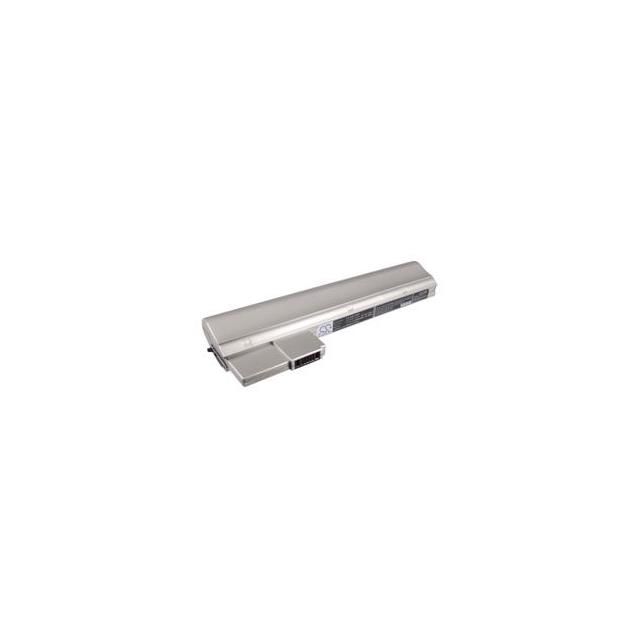

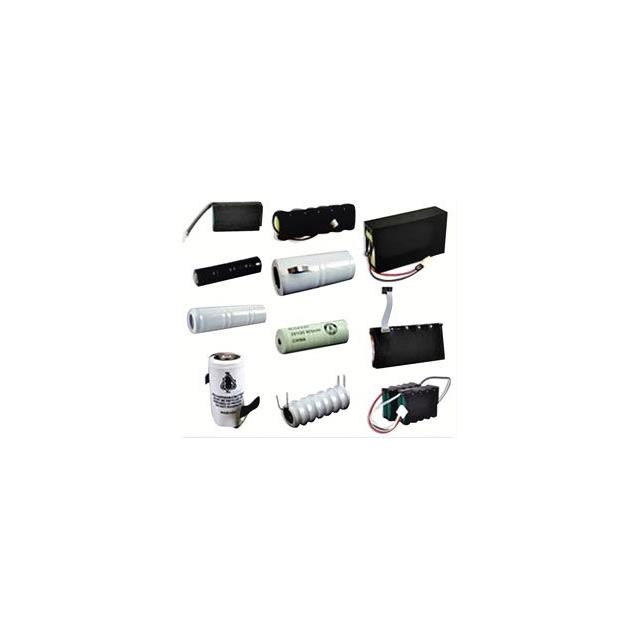
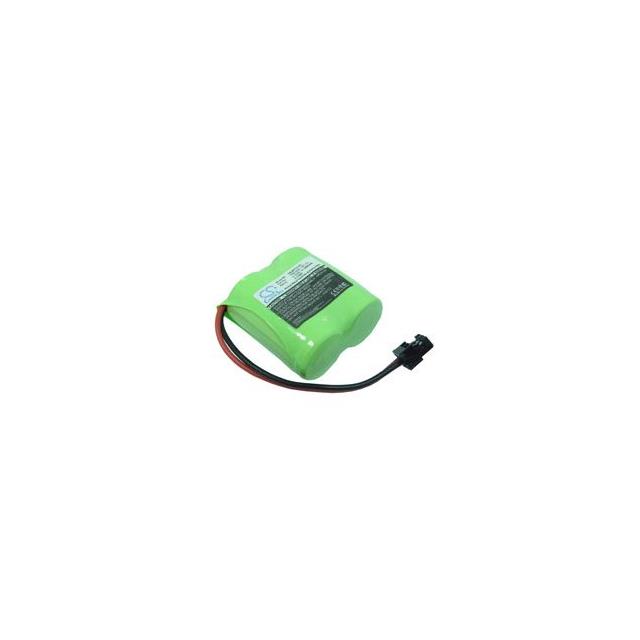
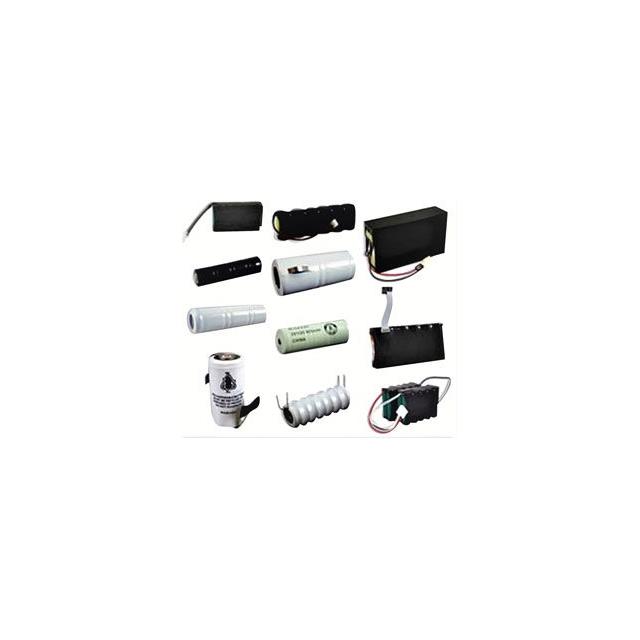
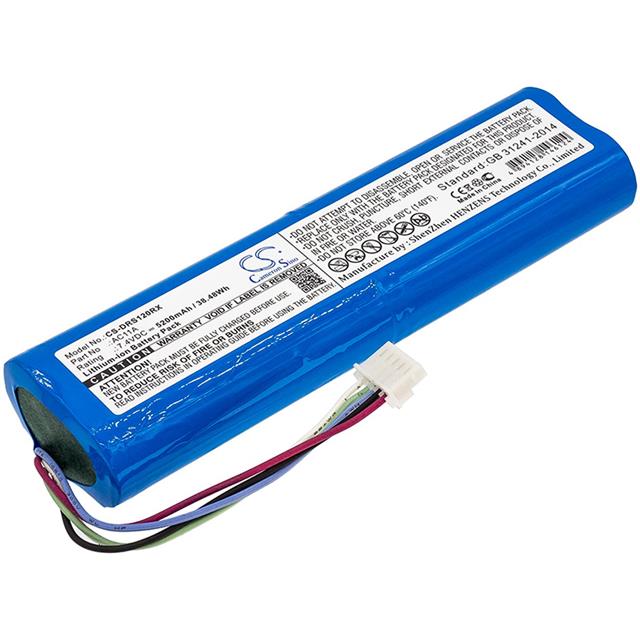



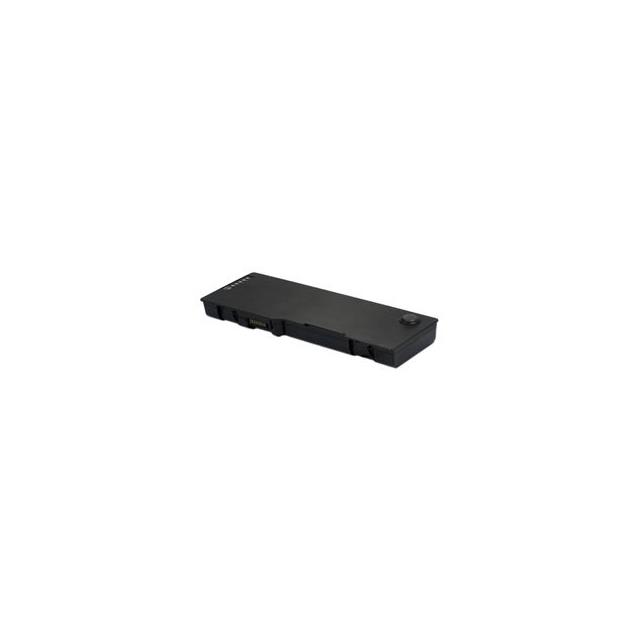
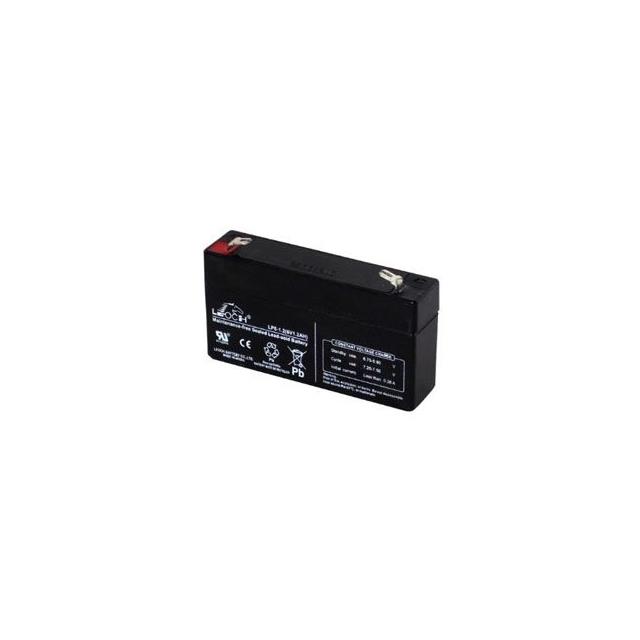
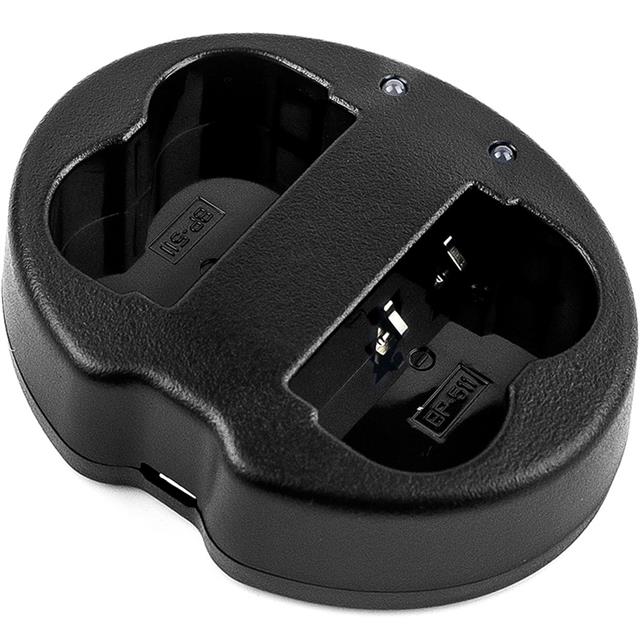
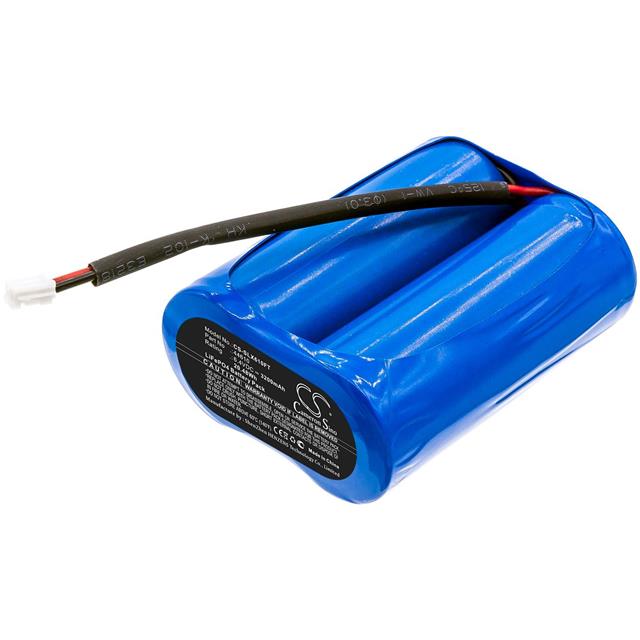

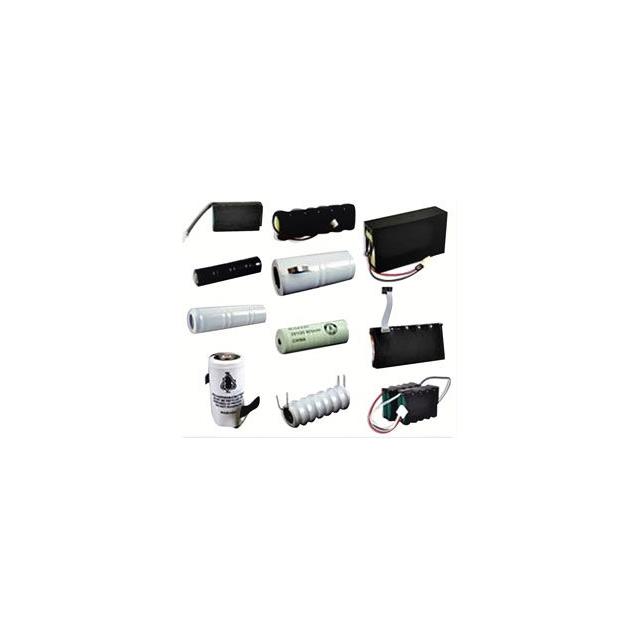
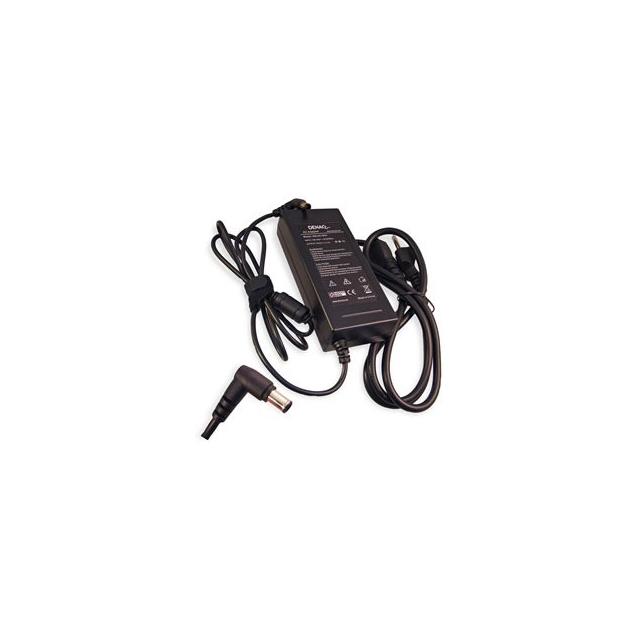








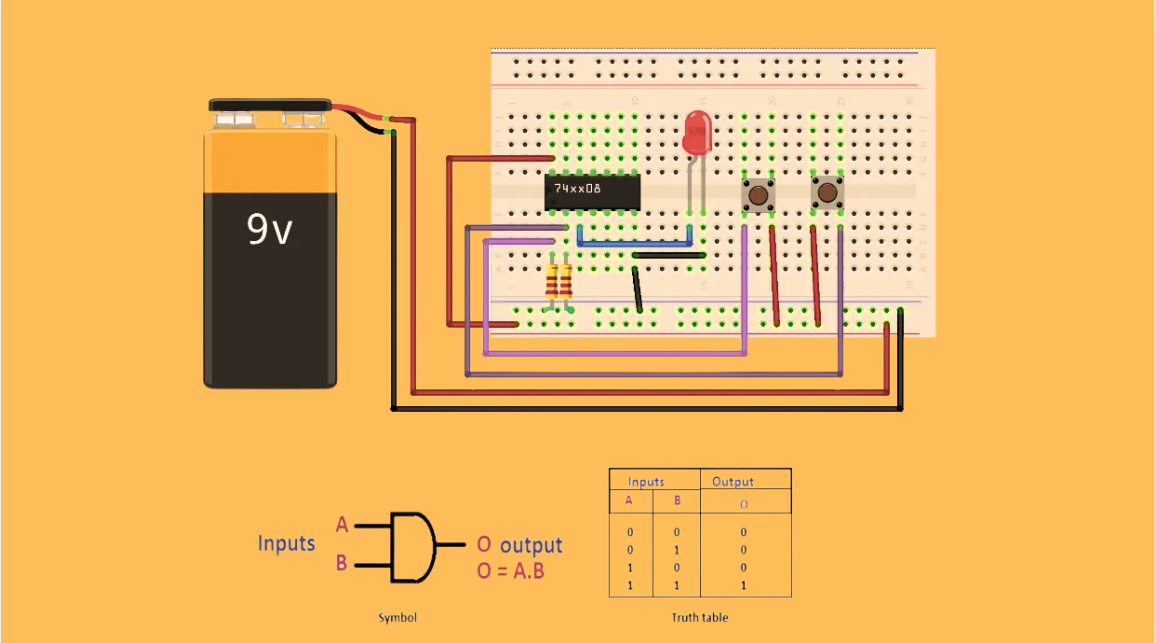
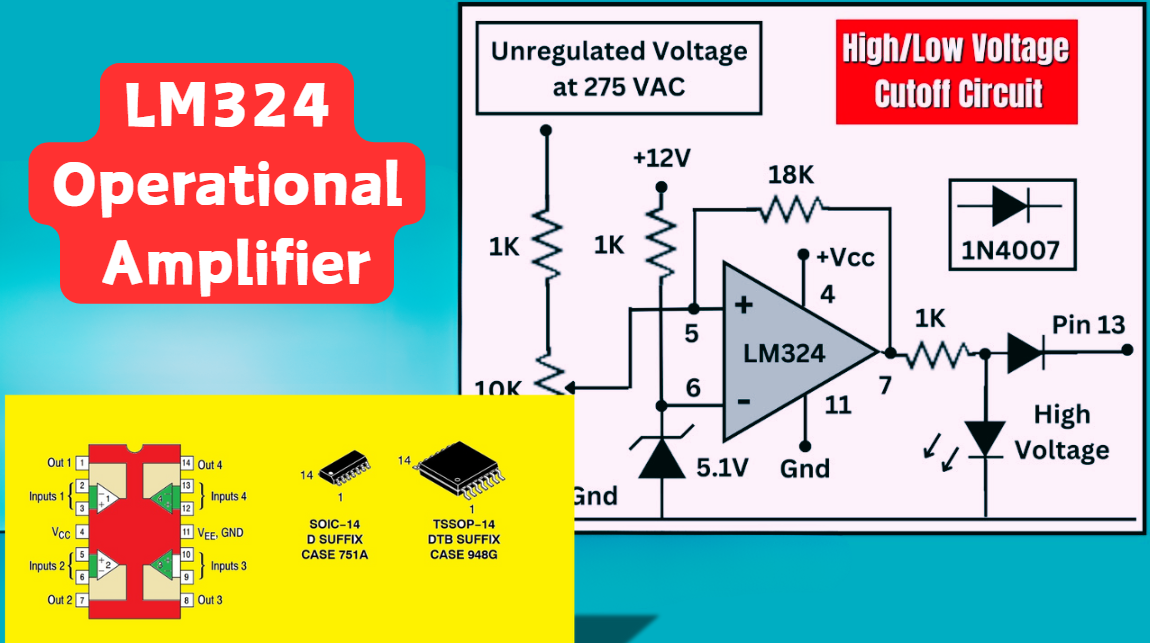

 Wishlist (0 Items)
Wishlist (0 Items)